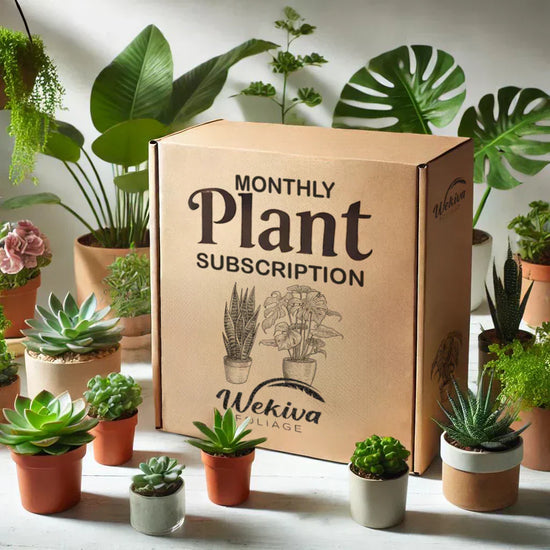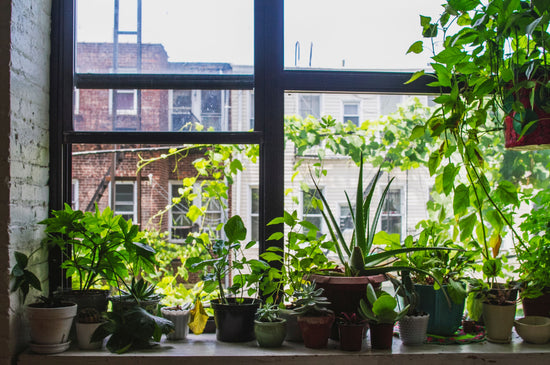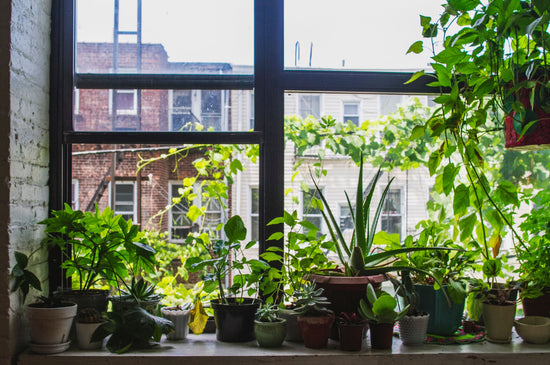Secrets to Growing Juicy Citrus in Florida’s Backyard Gardens
Florida’s subtropical climate is a citrus grower’s dream. With its sunny skies, warm temperatures, and sandy soils, the Sunshine State offers the perfect environment for cultivating a wide variety of citrus trees. Whether you’re planting a vibrant lemon tree or experimenting with exotic citrus varieties, growing citrus in Florida can yield luscious, flavorful fruits right in your backyard.
Choosing the Right Citrus Varieties for Florida
When selecting citrus trees, it’s essential to choose varieties that thrive in Florida’s unique conditions. Citrus trees like the Meyer Lemon Tree and Calamondin Orange Tree are especially popular for their adaptability and abundant harvests.
- Meyer Lemon Tree: A hybrid between a lemon and a mandarin orange, this tree produces slightly sweeter fruit. It thrives in Florida’s warm climate and can be grown in the ground or in containers. Shop Meyer Lemon Trees.
- Calamondin Orange Tree: This compact tree is perfect for small gardens or patios. Its tart fruit is ideal for marmalades and desserts. Explore the Calamondin Orange Tree.
Other excellent options include the Australian Finger Lime Tree, known for its unique caviar-like fruit, and the Ponderosa Lemon Tree, which produces oversized lemons.
Planting Tips for Citrus Success
To ensure your citrus trees thrive, it’s crucial to start with the right preparation and care:
- Location is Key: Plant your citrus trees in a location that receives full sun for at least six hours a day. Avoid areas with poor drainage, as waterlogged roots can lead to disease.
- Soil Preparation: Florida’s sandy soil is ideal for citrus trees, but adding organic matter can improve nutrient retention. Test your soil’s pH and ensure it’s between 6.0 and 7.0 for optimal growth.
- Planting Depth: Dig a hole twice as wide as the root ball and just as deep. Avoid burying the tree too deeply, as this can hinder root development.
Caring for Your Citrus Trees
Maintaining healthy citrus trees involves consistent care and attention to detail:
- Watering: Newly planted citrus trees need regular watering to establish roots. Deeply water the tree once or twice a week, depending on rainfall and soil conditions.
- Fertilizing: Use a citrus-specific fertilizer rich in nitrogen. Fertilize three times a year—spring, summer, and early fall—to encourage vigorous growth and fruit production.
- Pruning: Prune your citrus trees in late winter to remove dead or damaged branches and improve airflow. This promotes healthy growth and reduces the risk of pests and diseases.
Pests and Disease Management
Florida’s humid climate can attract pests like aphids, citrus mites, and whiteflies. Use organic pest control methods like neem oil to keep infestations under control. Choosing disease-resistant varieties from Wekiva Foliage ensures healthier plants and higher yields.
Why Grow Citrus in Florida?
Growing citrus in your Florida backyard is not only rewarding but also sustainable. From fresh-squeezed orange juice to zesty lemon desserts, homegrown citrus enhances your culinary creations while providing a sense of pride. Additionally, citrus trees like the Cocktail Tree (Lemon and Lime) offer versatility and space-saving benefits. Check out the Cocktail Tree.
FAQ
Q: What citrus tree grows best in containers?
A: The Meyer Lemon Tree is an excellent choice for container gardening. Its compact size and sweet fruit make it ideal for patios and small spaces.
Q: How often should I water my citrus tree?
A: Newly planted citrus trees need watering once or twice a week. Mature trees typically require less frequent watering but should be monitored during dry spells.
Q: Can I grow citrus trees indoors?
A: Yes, citrus trees like the Meyer Lemon Tree and Key Lime Tree can be grown indoors in pots if placed near a sunny window.
Q: What is the best time of year to plant citrus in Florida?
A: Late winter to early spring is the best time to plant citrus trees in Florida, as it allows them to establish roots before the heat of summer.
Q: How can I protect my citrus trees from frost?
A: Cover your trees with frost cloths or blankets during cold snaps, and mulch around the base to insulate roots.
By following these tips and sourcing your trees from trusted suppliers like Wekiva Foliage, you can enjoy a thriving citrus garden filled with juicy, flavorful fruits. From classic lemons to exotic finger limes, the possibilities are endless!





